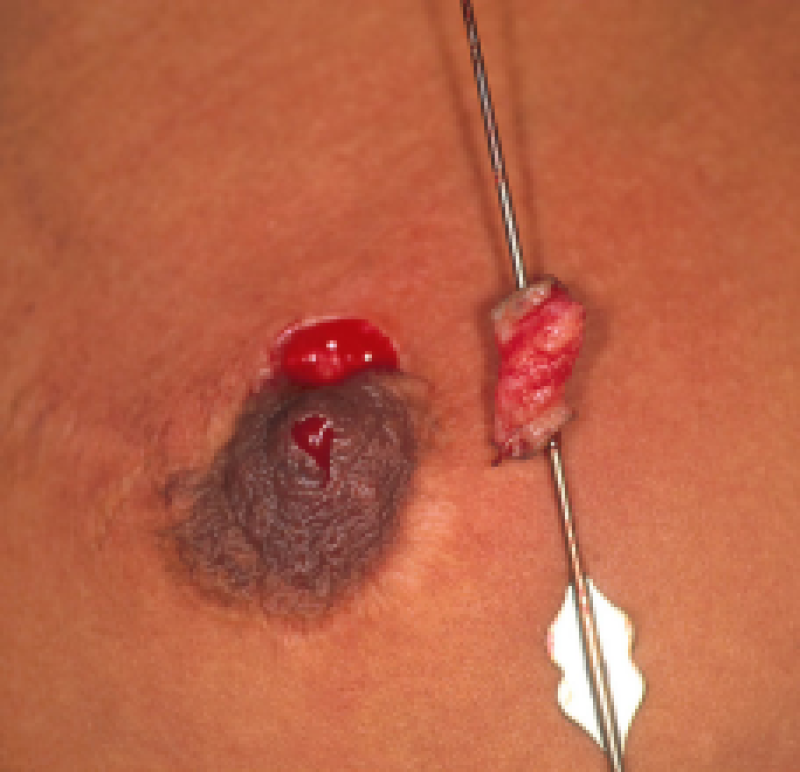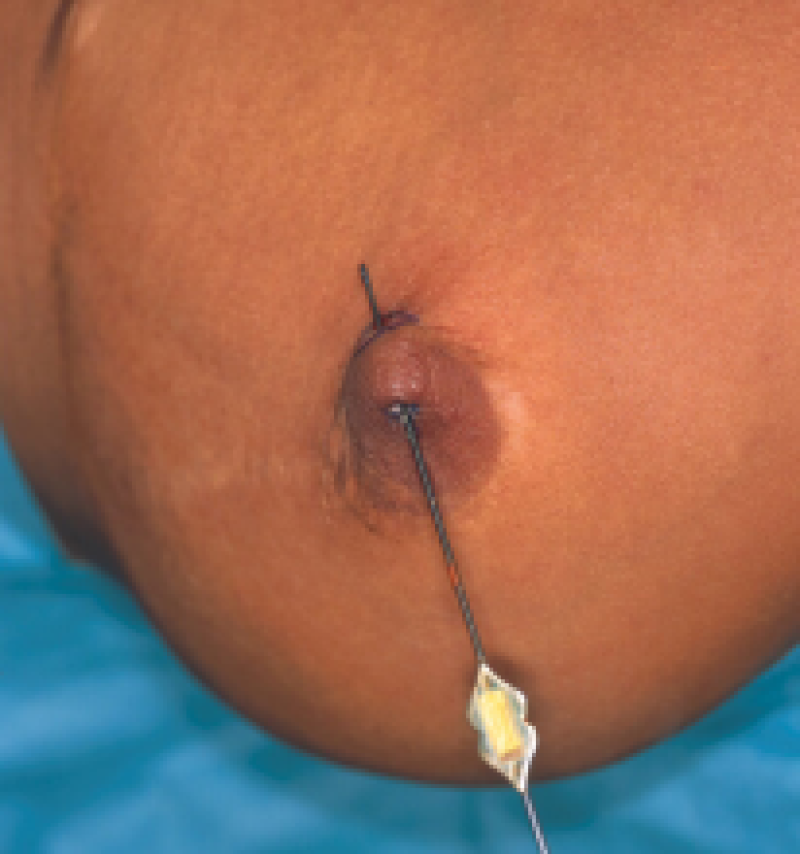Prevention
Modern medicine is increasingly transitioning towards preventive care. This shift towards prevention has also been observed in breast cancer care in recent years, particularly with the discovery of the BRCA gene. Subsequently, multiple genes and risk factors have been identified. Depending on these factors, a personalized screening strategy can be chosen. Therefore, it is crucial to understand these genetic and risk factors.
Diagnosis
I was diagnosed with cancer ... This website serves as a portal designed to assist you and your loved ones in accessing personal information and finding solutions to your concerns.
The primary goal of this website is to offer guidance and support to patients as they navigate their journey toward recovery and improved quality of life. The "Diagnosis" section of our website is divided into two main categories. Firstly, under "Anatomy and Physiology," we provide fundamental knowledge about the breast. Secondly, in the "Tumors and Disorders" section, we delve deeper into various breast-related conditions.
Moreover, we aim to provide information to women who may be concerned about potential breast issues but are hesitant to seek immediate medical advice. Knowledge and information can often offer immediate reassurance if a woman is able to identify the issue herself and determine that no specific treatment is necessary. Conversely, we also strive to educate women who have received a diagnosis of a serious breast condition, such as breast cancer, and wish to approach their doctor well-informed and prepared.
Treatment
The treatment for breast cancer should immediately include a discussion about reconstruction. Our foundation has no greater goal than to raise awareness of this among patients and oncological surgeons. By making an informed decision beforehand, we avoid closing off options for later reconstruction while still considering the oncological aspect. Of course, survival is paramount, and the decision of the oncologic surgeon will always take precedence.
The "Reconstruction or not?" page contains all the information you can expect during an initial consultation before undergoing tumor removal. This page is comprehensive, and your plastic surgeon will only provide information relevant to your situation.
"Removing the tumor" details the surgical procedure itself. This is the most crucial operation because effective tumor removal remains paramount. We guide you through the various methods of removal, a decision often made by a multidisciplinary team comprising oncologists, radiologists, pathologists, radiotherapists, breast nurses, gynecologists, oncological surgeons, and plastic surgeons.
The "Breast Reconstruction" section includes information and illustrations of the different reconstruction options along with corresponding steps.
Revalidation
Those treated for cancer often need a long period to recover.
Cancer is a radical illness with a heavy treatment. Often, people have to deal with psychosocial and/or physical problems afterwards, such as stress, anxiety, extreme fatigue, painful joints, reduced fitness, lymphedema... This can have a major impact on general well-being.
There are rehabilitation programmes offered by most hospitals. We cover some of the major topics here.
Quality of life
Quality of life is a key factor in coping with breast cancer. Therefore, it is important to find coping mechanisms that work, which will be different from patient to patient. For some, it may be finding enjoyment in activities they engaged in prior to diagnosis, taking time for appreciating life and expressing gratitude, volunteering, physical exercise... Of prime importance, studies have shown that accepting the disease as a part of one’s life is a key to effective coping, as well as focusing on mental strength to allow the patient to move on with life. In this section we are addressing some topics that patients experience during and after treatment and we are providing information to address them.
Infections
Serious infections of the breast are unusual and the most common forms fall into the following categories:
Periductal mastitis
A fistula involving the breast or nipple
Puerperal mastitis
Other rare infections
Periductal mastitis
This results from a blockage of either secretions or milk, in the large ducts of the breast. It is currently unclear whether a blockage causes inflammation, or the inflammation occurs first, leading to duct obstruction. The fluid that builds up then becomes contaminated with bacteria, resulting in a localized infection. This causes pain, a breast mass, nipple discharge and ultimately a breast abscess. Frequently the classic signs of inflammation (redness, heat, swelling and pain) are all present.
Initial management involves a trial of conservative management with antibiotics. If a breast mass can be felt and is confirmed on ultrasound or mammography, then the mass should be biopsied. If there is any doubt, all suspicious masses should be excised.
Breast fistulas
A breast or nipple fistula is usually caused by a deeper abscess that opens into the nipple. Recurrent infections and fistulae are often seen in patients with inverted nipples. Chronic inflammation around the nipple also frequently leads to fistula formation.
Treatment involves incision of the fistula, identification of the abscess cavity, and then excision of both structures in-continuity. If any part of the abscess cavity or fistula remains, it is very likely that this will result in recurrence. A protracted period of wound care and antibiotics are sometimes needed.


Figure: A chronic fistula diagnosed in a patient who had undergone a breast reduction, without correction of an inverted nipple.
Left: Exploration of the fistula under local anesthesia. Right: Complete excision of the fistula.
Puerperal mastitis
Following childbirth and during lactation, an area of adipose tissue around the mammary gland becomes inflamed. This is due to an acquired infection from either the newborn or a breast aspiration device. Typical symptoms include redness, heat, swelling and breast pain.
In most cases, treatment is conservative, with antibiotics. If the newborn baby is the source of the infection, it is sometimes necessary to discontinue breastfeeding until the symptoms resolve. In case of beginning mastitis, breast feeding may be continued but if you choose to stop breast feeding it is important to continue draining with a breast pump.
Other breast infections
Tuberculosis, syphilis, fungus and other rare pathogens occasionally cause severe breast infections. These can be difficult to diagnose, as they are seen so infrequently and mainly occur in underdeveloped countries. Specialized treatment is often necessary.
